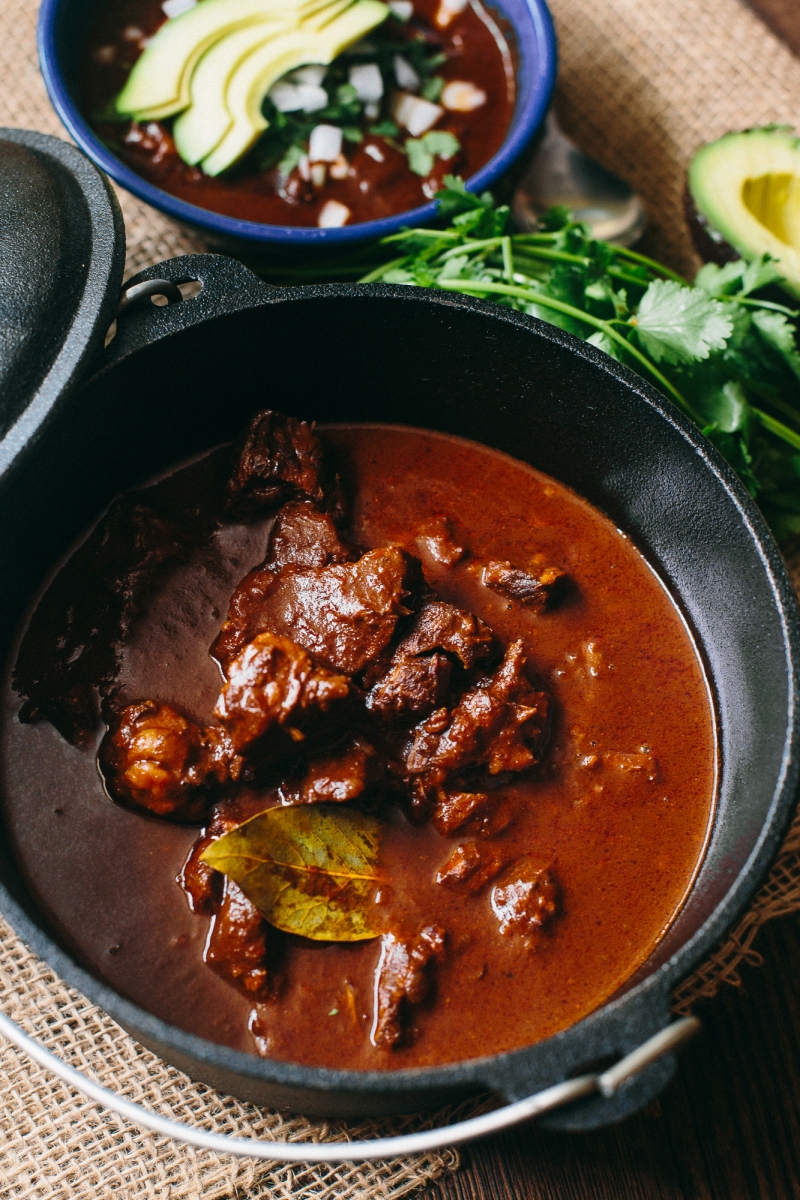
Hi everyone. It’s been a bit since I posted a recipe. Someone wrote me the other day and asked whether I had a Chicken Tagine recipe. I did (and do), and it reminded me that I have many tasty recipes that didn’t make the final cut into The Heritage Cookbook. So instead of letting them waste away in some random Google Doc, I’ll try my best to post a recipe here and there.
Things are fine. Hope everyone is staying safe and healthy. I thought that all this telework and social distancing would give me an opportunity to return to my more prolific days here on the blog, but I’ve found that since I’m sitting in front of a computer so much doing work-related tasks, I haven’t been interested in returning to my computer in the evenings. So perhaps once things eventually normalize I will get back to my old blogging routine, but for now, let’s just enjoy some Chicken Tagine and figure all that other stuff out later.










